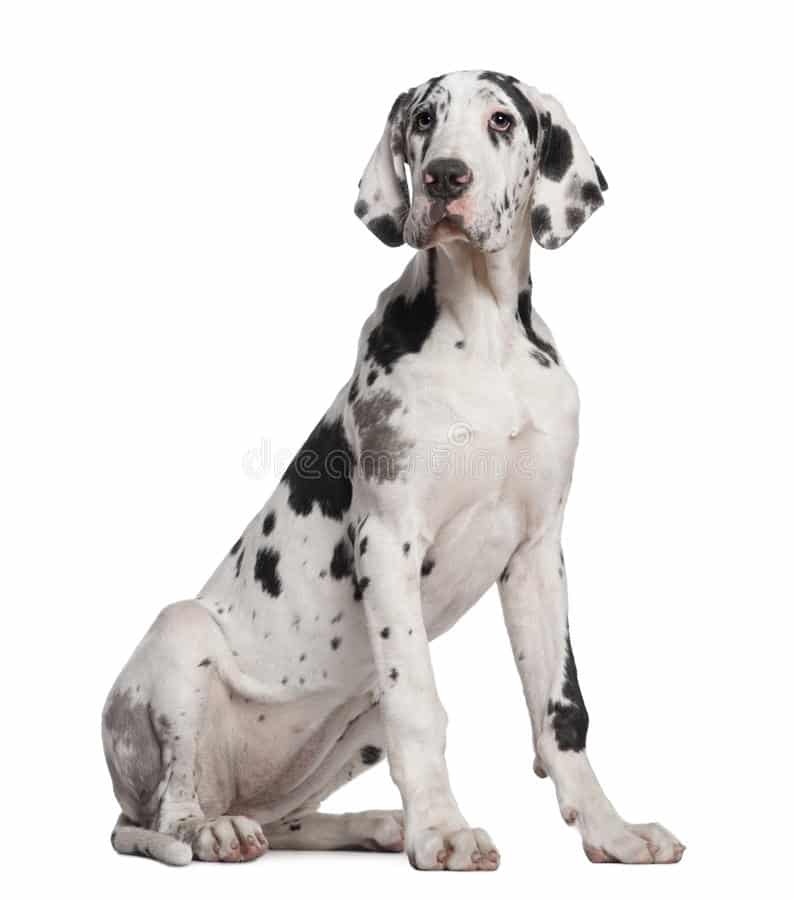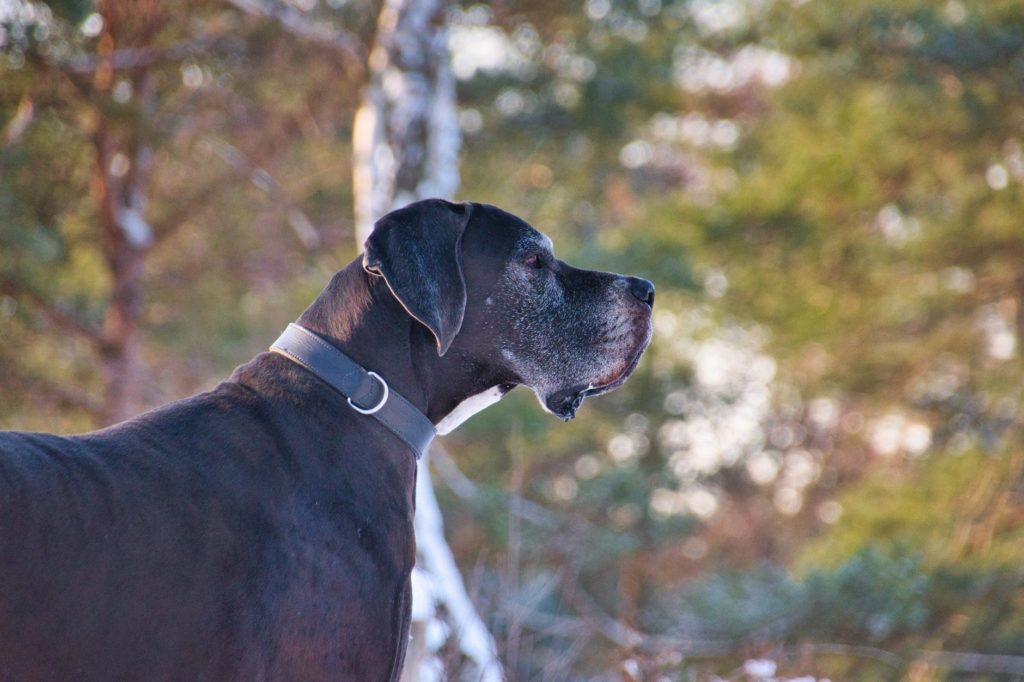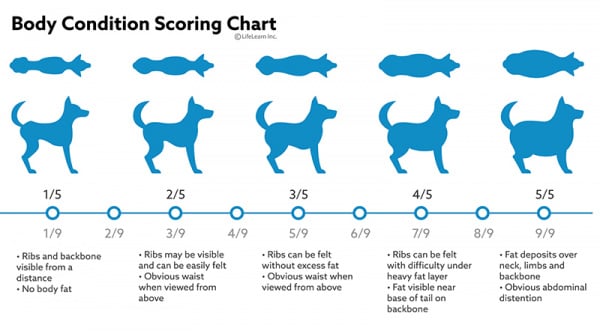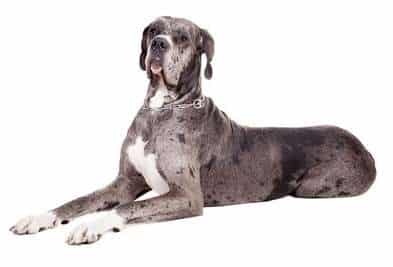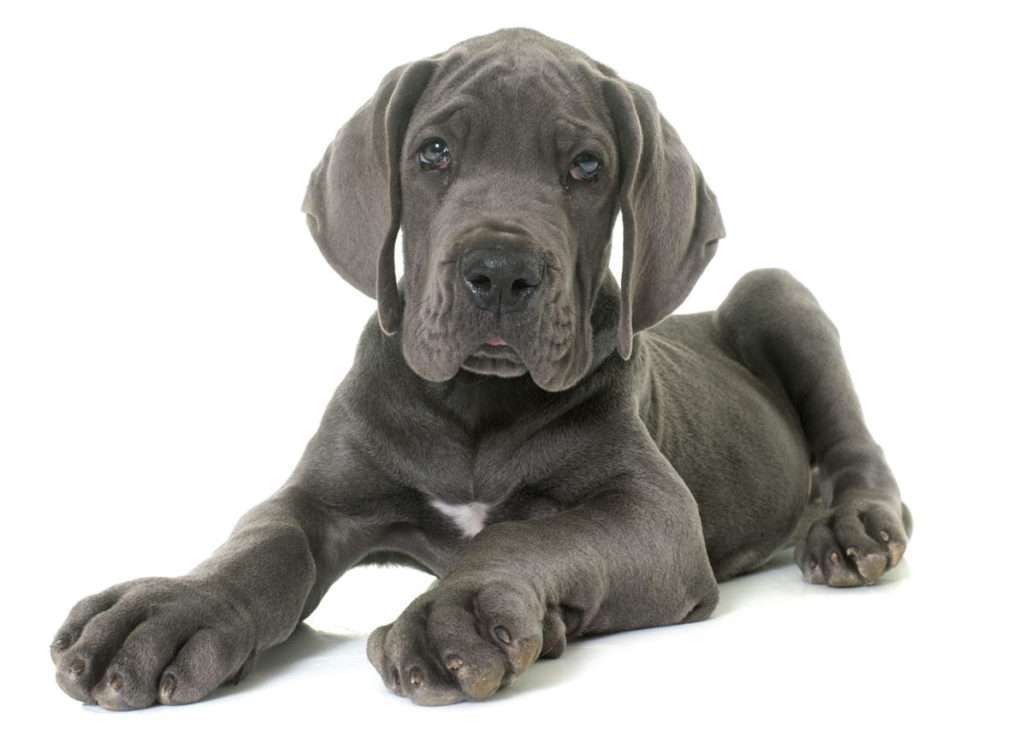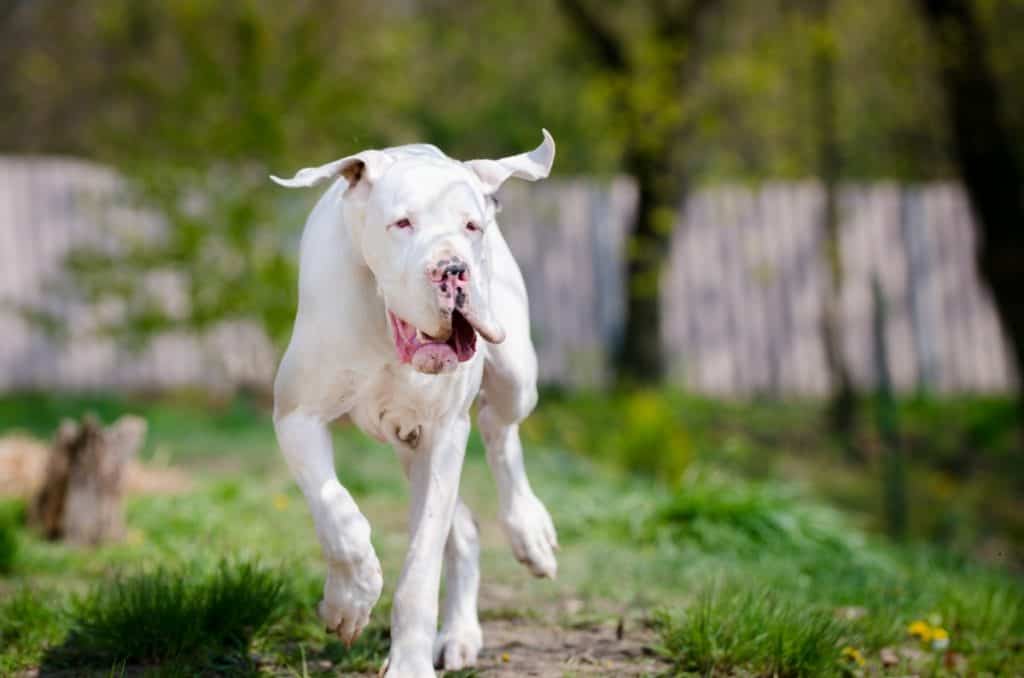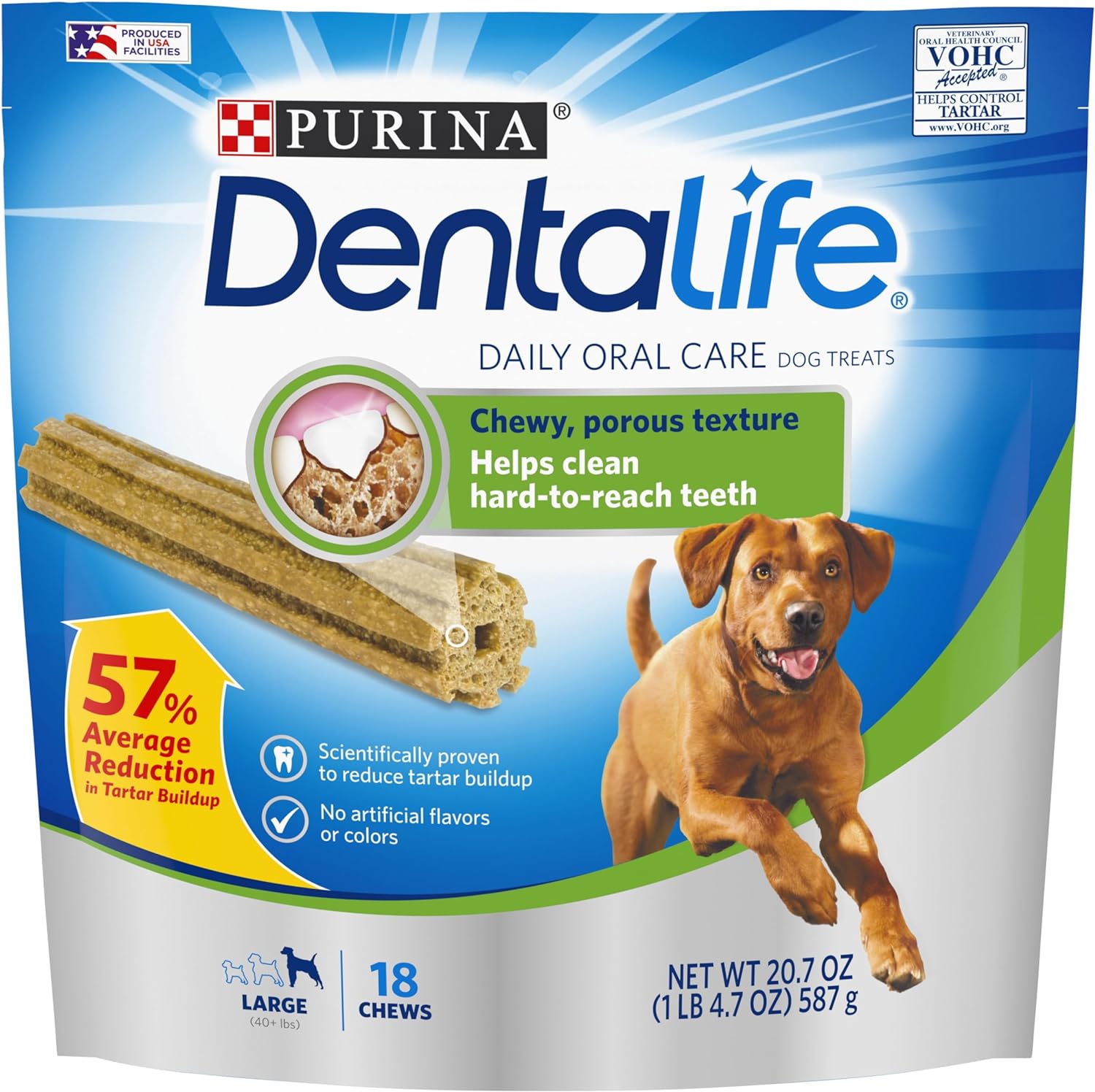It can be hard to know exactly how to help your dog lose weight.
It can also be disheartening and concerning to realize that your beloved pup is overweight, but the good news is that there are steps you can take to help them lose weight. Here are five easy steps to do just that:
- Feed High Quality Food – Invest in food that serves the dog in front of you. Marketing scams and deceit in the dog food industry might be leading you to believe you are feeding the right food when you are not.
- Monitor and Limit Treats – Treats should only make up 10% of your dog’s diet and should be kept to healthy options like raw fruits or vegetables.
- Increase Exercise – Ensure that your pup gets plenty of exercise every day! Take them on regular walks or play games with them to get their heart rate up.
- Monitor Portion Sizes – Even if you’re feeding high quality food, it’s still important to monitor portion sizes when reducing weight. Instead of one large meal once a day, try breaking meals into two smaller servings throughout the day.
- Feed For the Ideal Weight, NOT the Current Weight- While your pup is trying to lose weight, you should be feeding for their ideal weight. This will ensure they are getting the necessary nutrition and calories needed for a healthy lifestyle.
- Provide Meals in Puzzles or Toys- If your pup is a bit of an overeater, try giving them their meals in puzzle or food toys. This will slow down their eating and help them better utilize their energy throughout the day.
- Exercise– Include exercise in your pup’s daily routine. Something as simple as a game of fetch can help the pup lose weight and burn some extra energy.
- Visit Your Vet – It’s always best to consult your vet before making any changes in your pet’s diet or exercise routine to ensure that what you’re doing is best for your pup’s health needs!
How to Help Your Dog Lose Weight
Excess weight and obese dogs can cause an abundance of health problems. An overweight dog is prone to arthritis and joint pain, cardiovascular issues, fatigue, diabetes, breathing problems, and even a shortened life expectancy.
Dog owners all strive for a healthy and happy, active dog. However, they often fail to realize that their pet’s weight could be the difference between just that and a shortened life.
Your dog’s weight matters. So, knowing how to help your dog lose weight and maintain an ideal body weight is one of the most important things dog owners can learn and practice.
What Is a Dog’s Ideal Body Weight?
A healthy weight means something a bit different for each dog. Your dog’s health, however, always depends on them maintaining a lean body mass.
Veterinary medicine is very clear about the fact that it is crucial to help your dog maintain their ideal weight and NOT hold excess weight.
As a matter of fact, “Obesity shortens a dog’s life and makes them more likely to develop disease. It was always accepted that heavy dogs lived a shorter lifespan than lean dogs, usually by 6-12 months”, VCA Hospitals.
So, we can agree that your dog’s weight matters. But, how do you know if your dog is in need of losing weight in the first place?
A Dog’s Ideal Body Weight
Your dog’s ideal weight can typically be calculated based off of their body size. Unfortunately, it can be hard to determine if a dog is overweight simply by looking at them.
This is why the best gauge for understanding whether or not your pup is within an ideal weight range is to use something known as a Body Condition Score (BCS).
Use The Body Condition Score to Help Your Dog Stay at The Right Body Weight
A BCS ranges from 1-9, with 5-7 being the ideal range. Dogs that are close to a 5 are considered too skinny, and dogs on either side of 7 (6 or 8) have an unhealthy amount of fat covering their frame.
Any score above 8 is obese, and requires immediate attention in order to help your pup lose weight as soon as possible.
The BCS can be used by a veterinarian to assess your dog’s body condition. It can also be used by an educated pet owner, who is familiar with the anatomy of their pup and knows what a healthy weight for that specific breed looks like.
Let’s talk about how to use the BCS to determine the difference between overweight dogs, normal dogs, and underweight dogs.
How to Use the BCS
Using your knuckles, you can compare your pup’s body to a scale, which ranges from 1-9.
For Dogs That Are Too Skinny:
If all of the ribs are visible and easily felt, then they have a BCS of 1 or 2. If your dog is in this range, it means that their diet needs to be adjusted and their weight should be monitored closely to make sure that they maintain a target weight.
These dogs are normally active dogs who are eating the right amount of food intake, but burning excess calories.
Typically, it is very hard to be ‘too skinny’ as a dog, unless of course you are facing a case of malnourishment. On that hand, you can feel relieved knowing as long as you are feeding the proper calorie intake, your dog is likely not underweight.
For Dogs That Are At A Normal Weight:
Knowing your pup’s rib coverage is an essential part of understanding their overall health and well-being. With a simple palm down knuckle test, you can get accurate measurements right in the comfort of your own home – no professional weigh-in necessary!
Plus, tracking this information regularly enables you to easily follow their progress over time for optimal weight loss results.
If you hold one of your own hands with your palm outward and feel the knuckles with the flats of your other hand, this is the ideal feel for a healthy weight. The ribs should be easily felt with a slight layer of fat covering them. Dogs that have a BCS in between 5-7 are considered to be at their ideal body weight.
For Dogs That Are Overweight:
If you can’t feel any ribs and there is no visible sign of ribs by looking at your dog while they are standing up, then your pup has a BCS of 8 or 9. These dogs are likely obese and require immediate attention to help them get back in shape.
Health Problems Associated with an Obese Dog
Unfortunately, carrying excess weight has become all too common in dogs. Many dog owners do not understand the catastrophic damage that weight gain can have on their dog.
Overweight pets can face an abundance of health problems including:
- Heart Disease
- Diabetes
- Arthritis
- Difficulty Breathing
- Joint Pain
- Skin Conditions
- High Blood Pressure
It is important to note that these health problems can be prevented with proper diet and exercise.
Step 1: Examining The Diet You Feed Your Dog
You might be surprised to see that the diet you are feeding your dog is actually not the best diet for them.
If you’d like to help your dog lose weight, you should start by examining the quality and type of food you are providing.
Have a look at how many calories are in the dry food you are feeding your dog. If your dog consumes an extra cup of food per day and that food is 400-500 calories per day, that could be making a huge difference in them gaining weight.
Monitor and Limit Treats
Many pet owners overfeed their pets, leading to excess weight gain and obesity.
It is easy to give our dog’s people food or high calorie treats without even realizing it.
Figure Out Your Dog’s Calories
Speak to your veterinarian about how many calories your dog needs. Then, if you want to give your dog empty calories in the form of treats, you should subtract those extra calories from the total you are giving them of normal food.
That way, you are still sticking to the feeding guidelines and not going overboard with too many calories.
Low Calorie Treats
Depending on how much weight your dog is meant to lose, you might opt for treats with lower calories.
Vegetables
Vegetables like baby carrots and green beans can make wonderful treats that won’t put on extra weight for your dog.
Fun Treats with Fewer Calories
You can still give your dog fun dog treats.
Just look for some with fewer calories.
These are my all time favorite and each treat only has 1 calorie!
Monitor Portion Size
If you aren’t measuring out how much food you give your dog each day- you’re making a mistake.
Use a measuring cup and determine exactly how much your dog needs to eat per day.
Then, don’t feed more!
Spread it out throughout the day in small meals so that your dog doesn’t get hungry later in the day.
You can also fill up some portions of the meals with veggies to keep them full.
Feed For the Ideal Weight, NOT the Current Weight
If you follow the feeding guidelines on the bag of kibble, you’re going to want to follow it for the ideal weight and not the current weight.
That means, if your dog is obese at the moment, you should feed them for the ideal weight.
If your dog weighs 110 lbs, but your veterinarian suggests that their ideal weight is 100, you should feed them what the recommendation on the bag is for 100 lbs.
If you feed them for their current size, they will never have the opportunity to lose that weight.
Make Mealtime Fun
Your dog will use their brain any time they are given the opportunity.
So, make meal time fun by scattering their food around the yard or giving them brain games like a slow feeder bowl that makes them work for their dinner.
Puzzle Feeders: A Fun Food Bowl
Puzzle Feeders can help to make a dog slow down significantly while eating.
Instead of gulping their food down in one sitting, your dog will have to figure out how to get the food out of the puzzle feeders.
This can help make meal time last longer, which in turn will make them feel more full even when they are eating less.
Freezing Food
Opt to freeze a portion of the dog food into a Kong toy or food bowl. Again, this will make your dog work for their food, and it will take them longer to eat as the food thaws.
You can also stuff fun things like green beans or carrots in the Kong toy to make it a fun challenge and get your dog eating more items that will keep them full without the calories.
Exercise
Ultimately, if you want to help your dog lose weight, you will have to get them on a weight loss exercise program.
Most dogs love to be active, so a weight loss program full of exercise is one that they will love.
Set a Weight Loss Goal
Just like with a human weight loss program, it is important to set a weight loss goal for your dog’s weight.
Then, create an exercise plan that can help you achieve this goal with your dog.
Various Terrains
Take your dog outside to exercise on as many varieties of terrain as possible.
Running, walking, and playing on a variety of surfaces can help aid in them losing weight because they will be using different muscles than they are used to.
Swimming
Swimming is one of the best ways to help your with their weight loss.
Swimming is a great low-impact exercise that can help target larger muscle groups.
It is also a good way to keep your dog cool during the warmer months when exercising outdoors may be too hot for them.
If your dog doesn’t love to swim, consider signing them up for a water treadmill class at your local rehab center.
Weight loss is something that is worth the investment with your dog.
Visit your Veterinarian
Last, but certainly not least, it is imperative that you speak with your veterinarian about how to help your dog with weight loss.
Your vet can give you tips on your dog’s weight loss, your dog’s food, if they are in need of a new diet, and the best exercise plan for them.
Your vet will also be able to tell you if the amount of food that your dog should eat per day needs to be adjusted to achieve the desired weight loss.
These are all great steps for helping your dog lose weight and live a healthier life.
By taking all of these steps together, you can help get your pup back in shape and on their way to a healthier life.
Read more:
- Male Great Dane Weight: How Much Do Male Great Danes Weigh?
- Don’t Mistake ‘Filling Out’ with ‘Getting Fat’ – Overweight Great Danes is a HUGE problem
- 7 Deadly Risks: Fat Great Danes Face Serious Health Risks
- Why Does My Great Dane Look So Skinny?
- Is My Great Dane Too Skinny? 5 Things You NEED to Know!
- What Happens to an Overfed Puppy
- What Does Euro Mean in Great Danes?
- Euro Danes: A Huge, Droopy Problem

